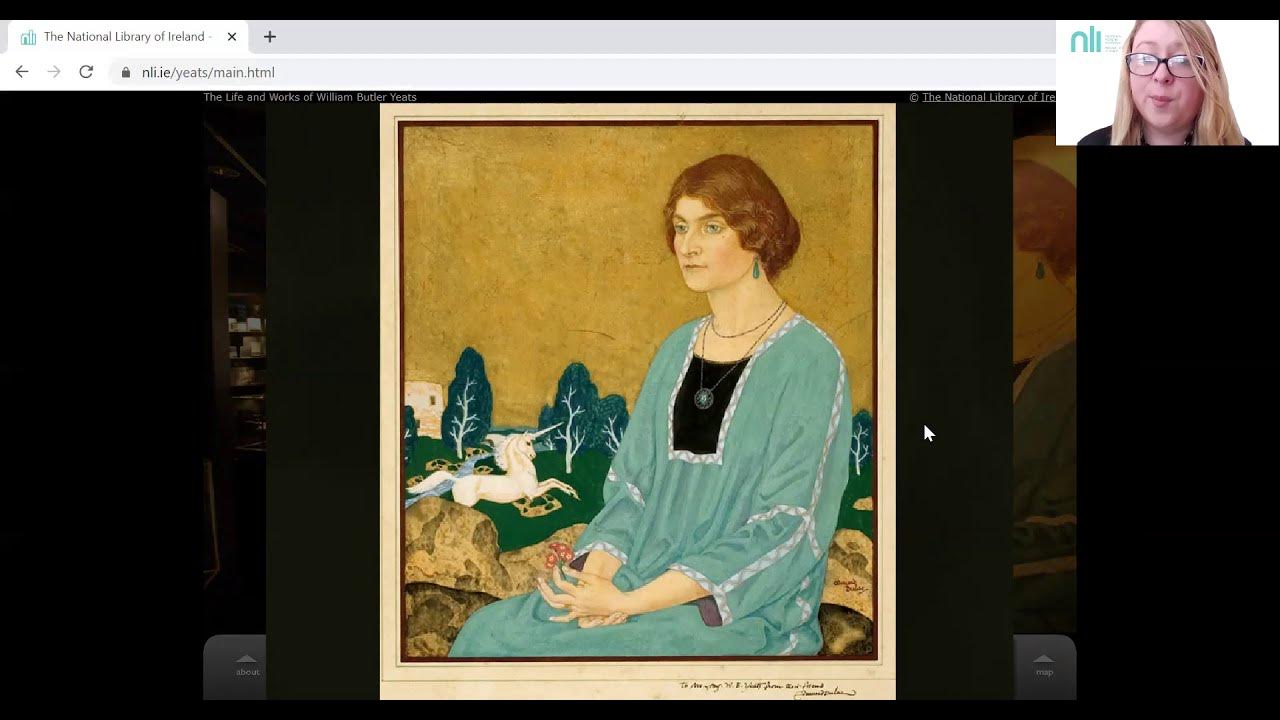University of Virginia Chapel 360 Walking Tour UVA 2020 GOTHIC ARCHITECTURE
Summary
TLDRIn this video, Professor Stanley Stepanek from the University of Virginia provides an insightful virtual tour of UVA Chapel, which plays a key role in his popular course on Gothic literature, including works like *Dracula* and *Carmilla*. He connects the chapel's Gothic Revival architecture to themes in vampire and Gothic literature, highlighting key features such as stained glass, pointed arches, and grotesque elements. The tour is tailored for students to complete a special project, showcasing the chapel's historical significance and architectural beauty in the context of 19th-century religious and cultural movements.
Takeaways
- 📚 The course 'Dracula' is taught by Professor Stanley Stepanek at the University of Virginia, covering vampire literature and Gothic architecture.
- 🏛️ The UVA Chapel is used in the course to illustrate elements of Gothic Revival architecture and its relation to Gothic literature.
- 🌟 The project for students involves identifying five Gothic architectural features: unity of form, presence of light, stained glass, flying buttresses, pointed arches, and grotesque imagery.
- 📅 The chapel was completed in 1891 and contrasts with Thomas Jefferson’s neoclassical architectural style for UVA.
- 🛠️ The chapel has undergone minor changes, including restoration of the stained glass windows, but remains largely in its original state.
- 🎨 The flying buttresses in the chapel are decorative rather than structural, emphasizing Gothic design elements.
- 👰 The chapel is used primarily as an event space today, though it still occasionally hosts religious services.
- 🖼️ The stained glass windows are a key feature, with some created by Tiffany & Company, including a unique piece depicting Eugenie Moore Faulkner.
- 💡 The chapel’s use of light and stained glass windows enhances its Gothic aesthetic, linking it to Gothic Revival traditions.
- 🏰 The building serves as a valuable teaching tool for exploring how architecture and literature intersect, particularly in Gothic themes.
Q & A
Who is the speaker in this video, and what is his role?
-The speaker is Stanley Stepanek, a professor at the University of Virginia in the Slavic Department, known for teaching a popular course called Dracula, which covers vampires and Slavic folklore.
Why is the speaker conducting a 360-degree tour of the UVA Chapel?
-The speaker is conducting the tour as part of his course on Gothic literature, connecting it to architecture and literature, particularly focusing on the Gothic Revival structure of the UVA Chapel in relation to works like Dracula.
What are some key elements students are expected to look for during the tour?
-Students are asked to look for five architectural features: the presence of light, stained glass, flying buttresses, pointed arches (which can lead to rib vaults), and grotesquerie, such as gargoyles representing the horrors of Hell.
How does the design of the UVA Chapel contrast with Jefferson’s original architectural plans for the University of Virginia?
-The UVA Chapel, built in a Gothic Revival style, contrasts with Jefferson’s neoclassical architecture for the university, which was inspired by ancient Greece and Rome. Jefferson’s original plans didn’t include religious structures, as he wanted the university to remain religiously neutral.
Why was there a discussion about building a religious structure at UVA in the 19th century?
-In the 19th century, during and after the Second and Third Great Awakenings, there was a significant religious revival in the U.S., leading to debates at UVA about adding a religious structure to the university’s grounds, resulting in the construction of the UVA Chapel.
What architectural style was chosen for the UVA Chapel, and why?
-The UVA Chapel was designed in the Gothic Revival style, which was typical for church architecture of the time. The style was chosen to contrast with Jefferson’s perceived 'pagan' neoclassical design of the university’s Rotunda and lawn.
What are flying buttresses, and how are they used in the UVA Chapel?
-Flying buttresses are structural elements typically used to support large buildings by holding up the walls. However, in the UVA Chapel, they are used decoratively rather than structurally, as the building is not large enough to require such support.
What significance does the stained glass in the UVA Chapel hold?
-The stained glass in the UVA Chapel includes both religious and historical elements. One notable piece was created by Tiffany & Company and features the actual likeness of Eugenie Moore Faulkner, the wife of a UVA professor, making it historically valuable.
What historical events have impacted the UVA Chapel since its construction?
-The UVA Chapel has remained largely unchanged since its completion in 1891. The most significant event was a small fire in 1910, which was quickly repaired. The stained glass has undergone repairs, the latest being in 1978.
What is the modern-day usage of the UVA Chapel?
-Today, the UVA Chapel is primarily used as an event space, hosting weddings and special occasions. Although religious services are sometimes held, the chapel does not have regular clergy or scheduled services.
Outlines

This section is available to paid users only. Please upgrade to access this part.
Upgrade NowMindmap

This section is available to paid users only. Please upgrade to access this part.
Upgrade NowKeywords

This section is available to paid users only. Please upgrade to access this part.
Upgrade NowHighlights

This section is available to paid users only. Please upgrade to access this part.
Upgrade NowTranscripts

This section is available to paid users only. Please upgrade to access this part.
Upgrade NowBrowse More Related Video

Basagan ng Trip with Leloy Claudio: The importance of literature

What is Gothic Literature? | A Brief Introduction to the Genre

Junior Cycle Exhibition Tour of Yeats: The Life and Works

Gothic Literature and the Gothic Genre explained! | Revision Summary by Barbara Njau

4 Years BA 2nd Year Major English 423, Syllabus

Biography of William Shakespeare for Kids: Famous Writers for Children - FreeSchool
5.0 / 5 (0 votes)